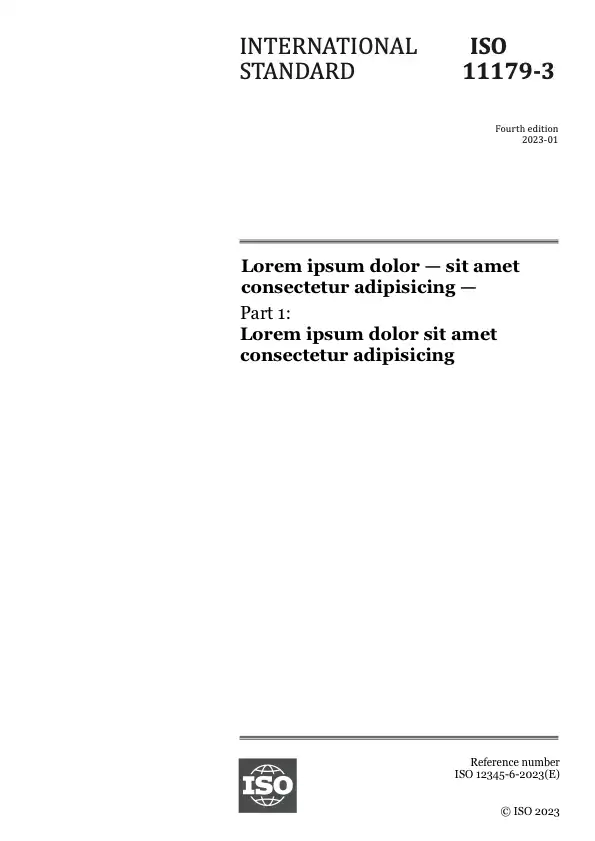Abstract
ISO/TS 18166:2016 provides a workflow for the execution, validation, verification and documentation of a numerical welding simulation within the field of computational welding mechanics (CWM). As such, it primarily addresses thermal and mechanical finite element analysis (FEA) of the fusion welding (see ISO/TR 25901:2007, 2.165) of metal parts and fabrications.
CWM is a broad and growing area of engineering analysis.
ISO/TS 18166:2016 covers the following aspects and results of CWM, excluding simulation of the process itself:
- heat flow during the analysis of one or more passes;
- thermal expansion as a result of the heat flow;
- thermal stresses;
- development of inelastic strains;
- effect of temperature on material properties;
- predictions of residual stress distributions;
- predictions of welding distortion.
ISO/TS 18166:2016 refers to the following physical effects, but these are not covered in depth:
- physics of the heat source (e.g. laser or welding arc);
- physics of the melt pool (and key hole for power beam welds);
- creation and retention of non-equilibrium solid phases;
- solution and precipitation of second phase particles;
- effect of microstructure on material properties.
The guidance given by this Technical Specification has not been prepared for use in a specific industry. CWM can be beneficial in design and assessment of a wide range of components. It is anticipated that it will enable industrial bodies or companies to define required levels of CWM for specific applications.
This Technical Specification is independent of the software and implementation, and therefore is not restricted to FEA, or to any particular industry.
It provides a consistent framework for-primary aspects of the commonly adopted methods and goals of CWM (including validation and verification to allow an objective judgment of simulation results).
Through presentation and description of the minimal required aspects of a complete numerical welding simulation, an introduction to computational welding mechanics (CWM) is also provided. (Examples are provided to illustrate the application of this Technical Specification, which can further aid those interested in developing CWM competency).
Clause 4 of this Technical Specification provides more detailed information relating to the generally valid simulation structure and to the corresponding application. Clause 5 refers to corresponding parts of this Technical Specification in which the structure for the respective application cases is put in concrete terms and examples are given. Annex A presents a documentation template to promote the consistency of the reported simulation results.
Read sample
General information
Life cycle
-
Now
-
Will be replaced by
Under developmentISO/CD 18166
Got a question?
Check out our FAQs
Opening hours:
Monday to Friday - 09:00-12:00, 14:00-17:00 (UTC+1)
